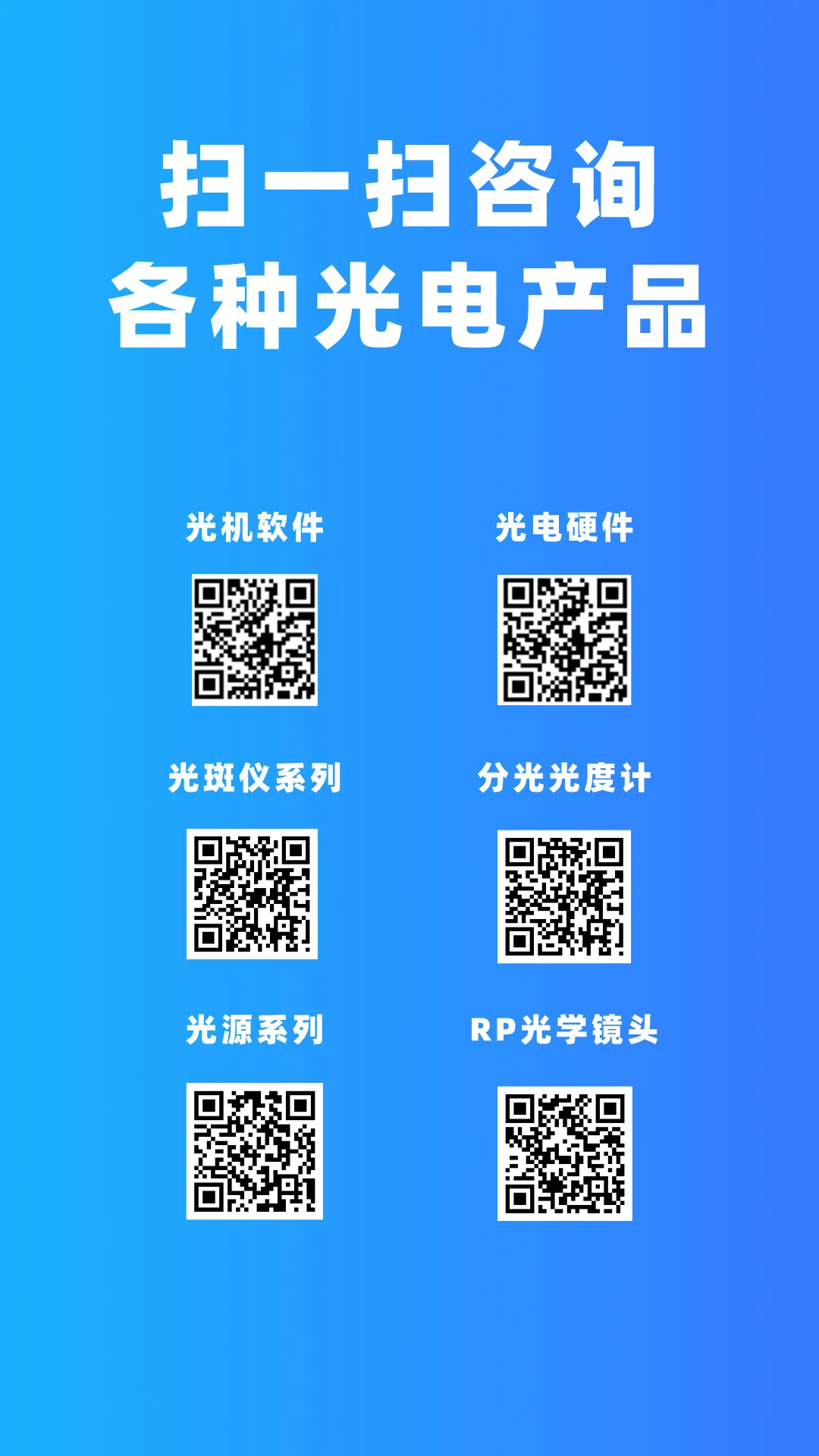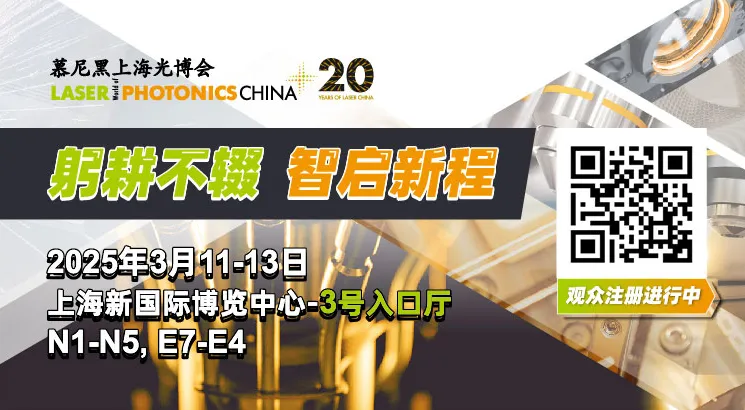Skip to content

A touchscreen, from a market perspective, is a computer input device that anyone can use, or a device that anyone can use to communicate with a computer.
The fact that everyone can use it is the greatest magic of touchscreens, which cannot be compared to keyboards or mice. The ability for everyone to use it signifies the true arrival of the era of computer application popularization.
From a technical principle perspective, a touchscreen is a transparent absolute positioning system. First, it must ensure transparency, so it must solve the transparency issue through material technology. Devices like digitizers, writing boards, and elevator switches are not touchscreens; secondly, it is an absolute coordinate system where wherever the finger touches is the exact location, requiring no second action, unlike a mouse, which is a relative positioning system.
A touchscreen has three basic features:
1. Transparency. This directly affects the visual effect of the touchscreen. In the touchscreen industry, transparency is just a vague concept; many touchscreens are multi-layer composite films, and summarizing their visual effects merely as ‘transparent’ is insufficient. It should at least include four characteristics: transparency, color distortion, reflectivity, and clarity. These can be further divided; for example, reflectivity includes mirror reflectivity and diffraction reflectivity. However, the diffraction reflectivity of our touchscreen surface has not yet reached the level of a CD, but for users, these four characteristics are basically sufficient.
2. Absolute coordinate system. A touchscreen is an absolute coordinate system; you select by directly pointing to it, which is fundamentally different from relative positioning systems like a mouse in terms of intuitive one-shot positioning. The characteristic of an absolute coordinate system is that each positioning coordinate is independent of the previous one. Physically, the touchscreen is an independent coordinate positioning system; each touch’s data is calibrated to convert into coordinates on the screen. This means that the touchscreen’s coordinate system must ensure that the output data for the same point is stable under all conditions. If it is unstable, then the touchscreen cannot guarantee absolute coordinate positioning, leading to inaccuracies, which is the worst issue for touchscreens: drift. Technically, any touchscreen that cannot ensure the same sampling data for the same point will inevitably face the drift problem.
3. Detecting touch and positioning. Various touchscreen technologies rely on their respective sensors to operate, and some touchscreens are essentially a set of sensors. The positioning principles and the sensors used determine the touchscreen’s response speed, reliability, stability, and lifespan. The sensor method of the touchscreen also determines how it recognizes multi-touch issues, i.e., what to do when more than one touch occurs simultaneously. What happens when one person touches while another is nearby? This is a common issue during touchscreen use, but currently, there is no ideal solution.
Source: OFWEEK

—If you like it, share it with your friends—
Click the “See More” button in the bottom right to let more people see it!
Disclaimer: This article is written or reproduced to convey more information and contribute to the optoelectronics industry. If any text or images in this article inadvertently infringe your legal rights or have other inappropriate aspects, please contact the author within 20 working days, and we will coordinate to address it. Friends are welcome to supervise and provide valuable opinions on the content above the public account!
Contact Email: [email protected], industry friends are welcome to invite us for articles. Thank you.







